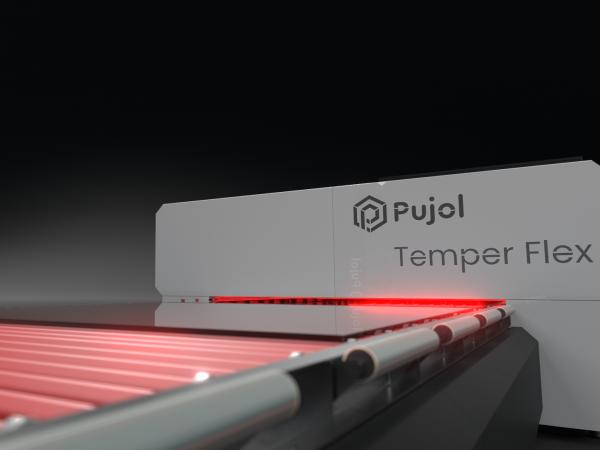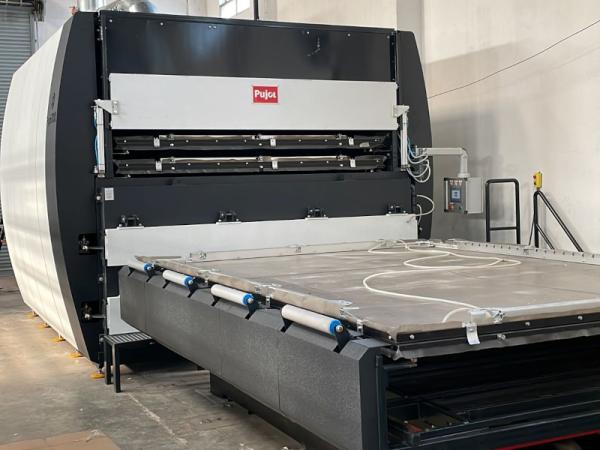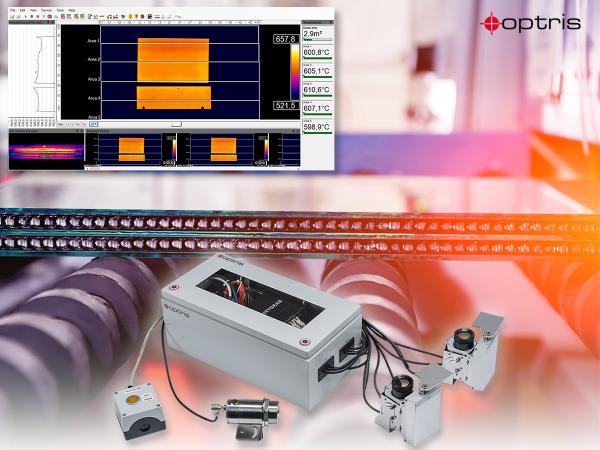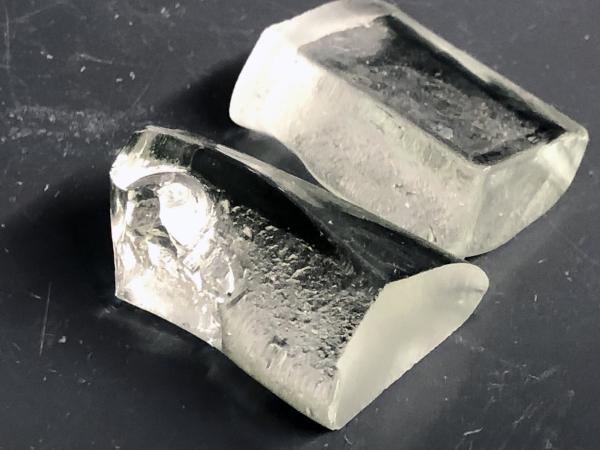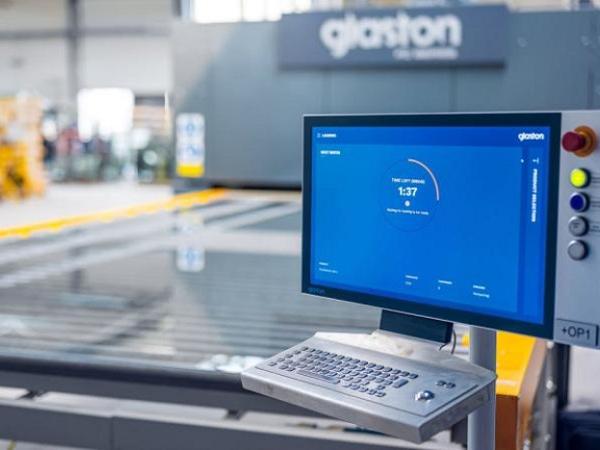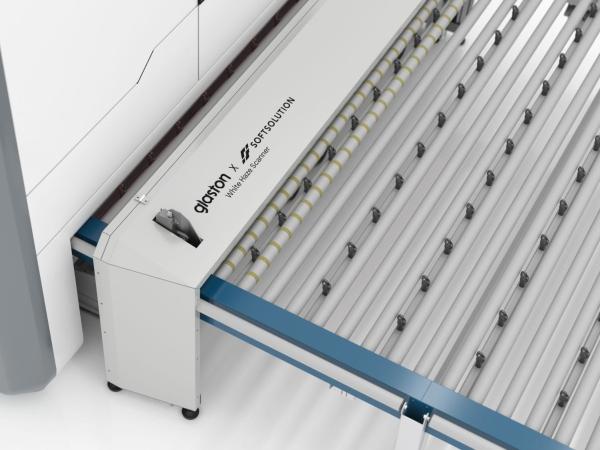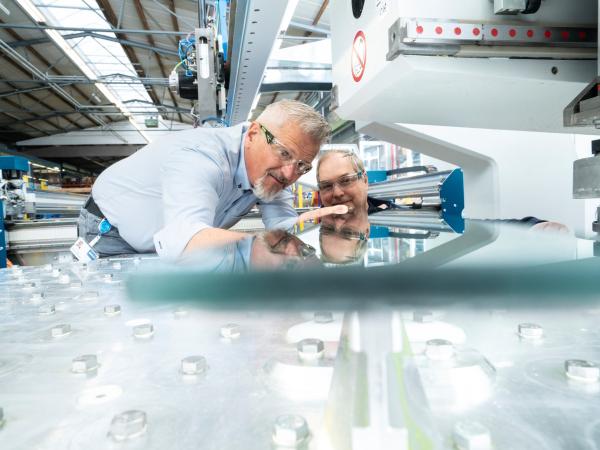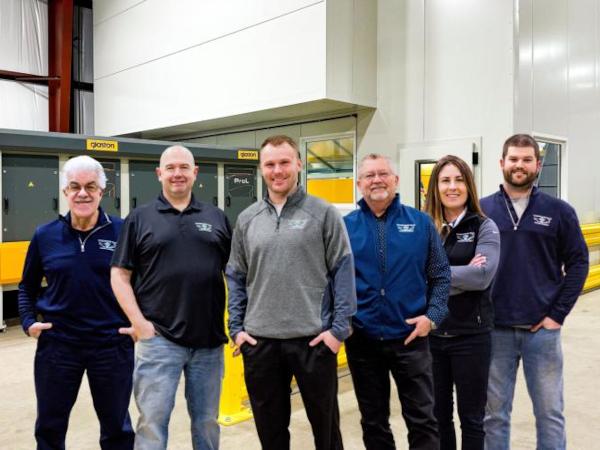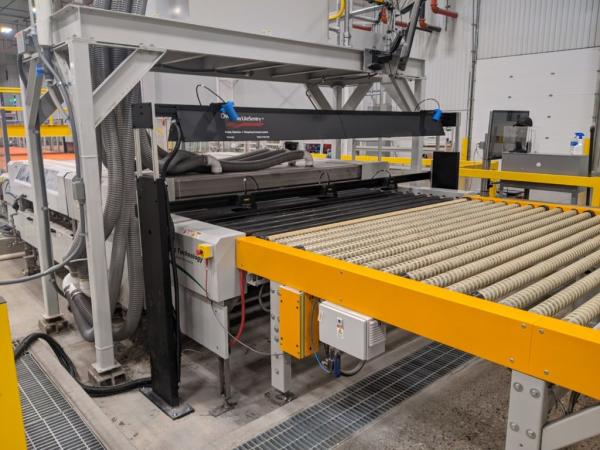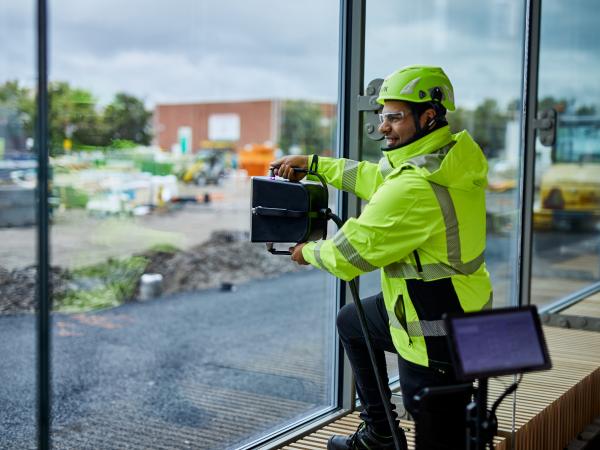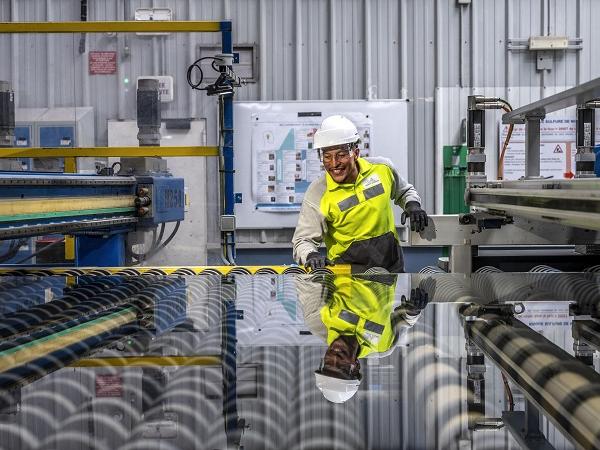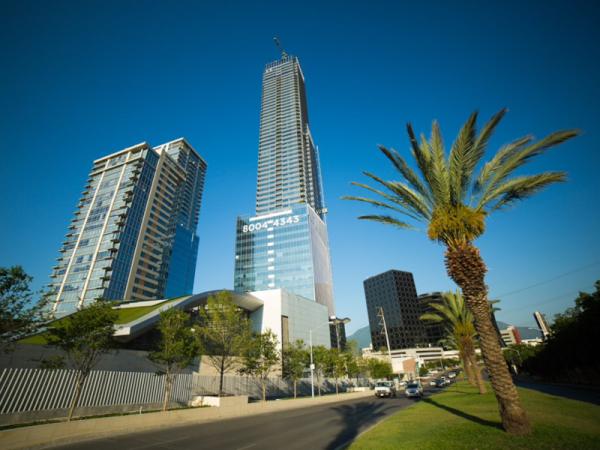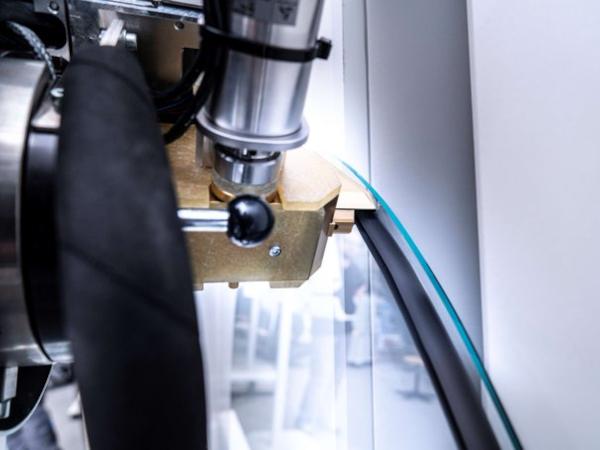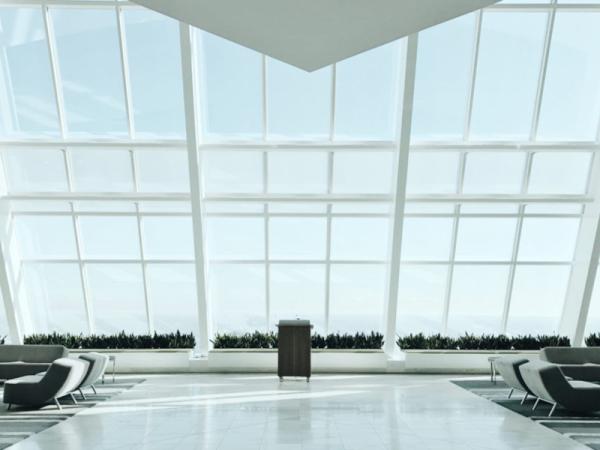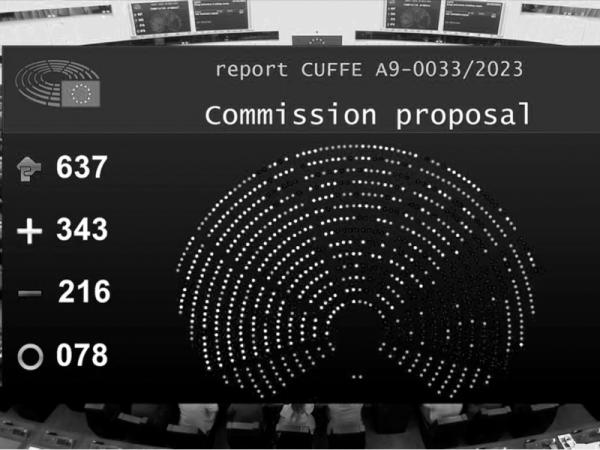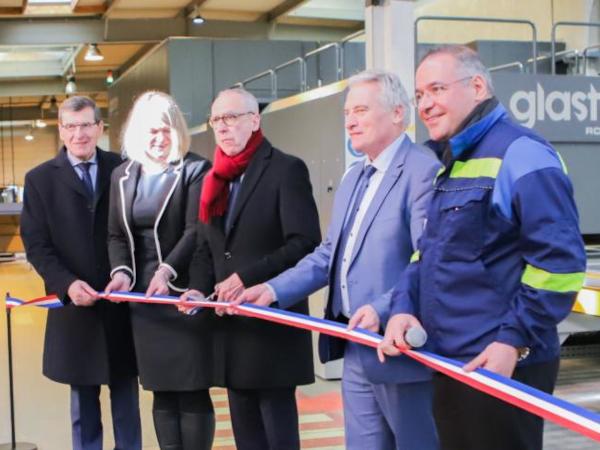Others also read
Pujol 100 PVB+ has not only helped to reduce investment costs but will also allow significant savings in costs derived from a higher energy efficiency.
Coating independent temperature monitoring and quality control in glass tempering furnaces
Worldwide, glass manufacturing produces at least 86 million tons of carbon dioxide every year. A new type of glass promises to cut this carbon footprint in half.
Bojar Glass in Poland has been running its Glaston FC Series tempering line without operator input since 2021. Check out how Glaston Autopilot is mastering the tempering process.
Peter Pfannenstill will tell more about this on the podium during GPD Days in Tampere, Finland on June 14 - 16.
Energy efficiency is one of the key ways to make the electricity you use in production go further.
Dow announced their sponsorship and participation at the next edition of Glass Performance Days (GPD), June 14-16 in Tampere, Finland.
Opening up new opportunities with laminated glass
eyrise® smart glass facades help this pioneering building renovation achieve WELL certification.
LiteSentry, the world leader in tempered glass inspection systems, is excited to announce the release of its latest innovation, the Owl® 5 tempering furnace optimization system.
Higher production capacity with lower energy consumption
Measuring the gas concentration of insulating glasses has become more important than ever as it contributes to the energy efficiency of the insulating glass.
Glaston sees the promotion of sustainable development as an opportunity.
The agreement previews Matodi as exclusive distributor in North America of TK Srl.
Saint-Gobain is the first manufacturer in the world to carry out a test production of flat glass using more than 30% hydrogen during Research & Development (R&D) trials at the Herzogenrath site in Germany.
New study conducted by independent consulting firm quantifies return on investment for advanced low-e glazings
The rising costs of fossil fuels, at least in big parts of the world, and a general pressure in the reduction of CO2 is driving industries of all kinds to explore and use alternative energy sources.
This blog on Glastory by Uwe Risle is covering the strategies to minimize costs in insulating glass production.
Automotive glass can contribute to reducing the environmental impact of vehicles.
Energy-efficient buildings products such as high-performance glazing must be considered as ‘strategic net-zero technology’.
Satinal Group is still on a path of growth, designing and installing a new TK Lamijet oven, projected for security glass lamination.
The European Parliament adopted its position on the Energy Performance of Buildings Directive (EPBD) with 343 votes in favour, 216 against and 78 abstentions.
The new technology, which has been part of the ProLam LSR series equipment for just under three years, promises four advantages.

